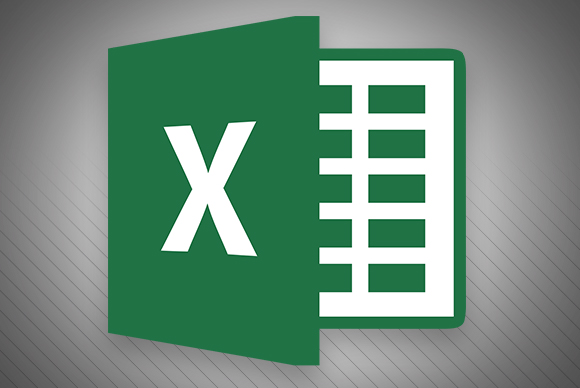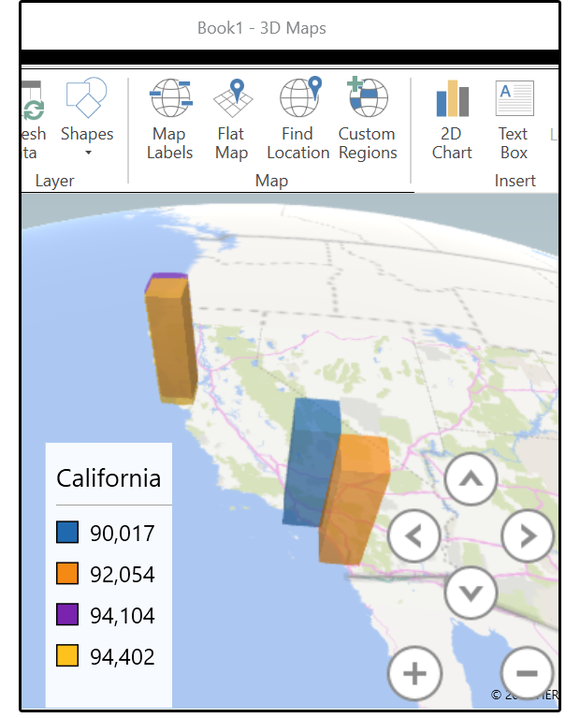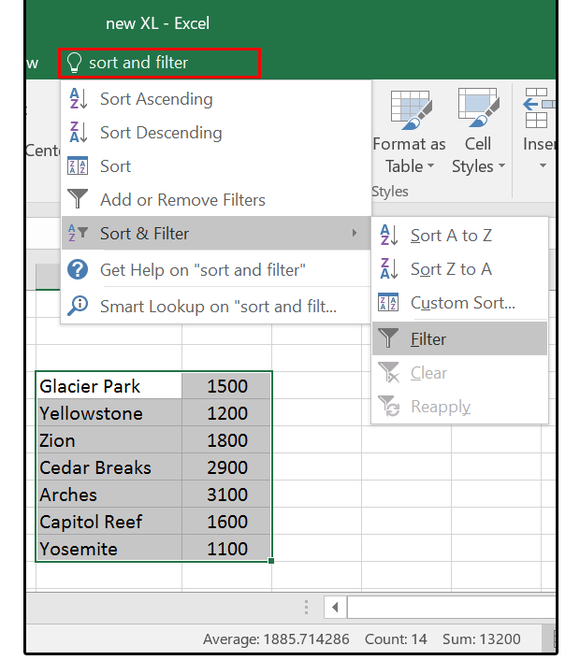Can the way you
take notes change your life? I think so.
Microsoft think’s so, too.
And young Kyle Madinger proves this for Microsoft’s note taking tool with his success story from Canada. In
OneNote Hero: A Student Success Story,
he is the hero who goes from struggling homeschooler to classroom
success. Every Frodo needs a Sam. Any hero needs a dependable companion.
In his case, Microsoft OneNote gave him the space to develop his motor
skills.
Okay, there might be a bit of marketing storytelling hidden between the frames, but let’s not deny
digital notetaking skills
its due. Our school system taught us a linear way of note-taking which
was neither effective nor digital. If you are still buried in books, an
earlier look at
OneNote skills for students and teachers still holds true. For those out of school, note-taking is still tailing us through meeting rooms and shopping aisles.
It’s time to take better notes. If you want to do it with Microsoft
OneNote, follow me down the lane of note-taking productivity with these
12 tips.
1. Quick Notes — The Center Piece for Better Notetaking

Ever searched for a scrap of paper to jot down something without thinking too much about it?
Quick Notes
(formerly called Side Notes) is that digital “scrap of paper”. But
unlike those scraps of paper, you won’t lose them because Microsoft
OneNote saves them automatically.
There are two ways to start Quick Notes.
Note: Quick Notes appear with a simplified interface and a
customizable
lavender background. Click the row of buttons on top if you want to
access the Ribbon. Sometimes, I like to open the Ribbon and just tag the
note before I fire and forget it.
When the OneNote Window Is Not Open
Press
Windows + N on your
keyboard. The little new Quick Note window appears like an always on top pop-up. Type your note in the small note window.

Format the text by selecting it and then using the commands on the mini toolbar that appears.
Repeat the steps for any additional Quick Notes you want to create. (Alternatively, use shortcut key
Windows + Alt + N on your keyboard). Quick Notes are automatically saved to your notebook’s Quick Notes section.

When The OneNote Window Is Open
You can still use the shortcut key. Or go to the
Ribbon > View > New Quick Note.

Type your note in the small note window. Click the three little dots
to display the Ribbon. Format the text by using the commands that
appear.
Repeat the steps for any additional Quick Notes that you want to create.
The best thing about Quick Notes is that you can fire them out and
forget them. All quick notes are saved automatically in the Unfiled
Notes section in your default notebook. Go there later and organize them
if you so wish.
With that explained, now let’s exploit Microsoft OneNote’s Quick Notes feature for all our note-taking needs.
2. Pin Quick Notes to the Desktop
Pinning Quick Notes to the desktop helps you keep the little notes
window on top and insert notes from any tool you are working with. For
instance, an open browser window.
To pin the Quick Note window, click the three little dots to display the Ribbon. Go to
View > Always on Top. Think of it as a “sticky note”.

Drag and drop any selected content. OneNote saves it automatically with the source link.
Some useful
Microsoft OneNote shortcuts you can use for quick notes include:
- CTRL+1 for creating quick to-do lists,
- ALT+SHIFT+F (for inserting the current date and time),
- CTRL+PERIOD for a quick bulleted list,
- CTRL+SLASH for a numbered list, or
- ALT+SHIFT+RIGHT ARROW (or use the TAB) to create indents and outline your thoughts.
3. Access Your OneNote Pages with Shortcuts
Any note you create in Microsoft OneNote can be directly given a
shortcut. Create a few note shortcuts on the desktop and try them to see
if they speed up your note-taking workflow.
In OneNote, right click on the page tab, or section tab that you want the shortcut to go to. Choose
Copy Link to Notebook,
Copy Link to Section, or
Copy Link to Page.

Go to your desktop. Right click on the desktop. Choose
New > Shortcut. In the location box, press
Ctrl-V to paste the OneNote hyperlink.

Click
Next. Give the shortcut any name to indicate its function. Click
Finish.
You can speed this up even further by giving the shortcut its own
keyboard shortcut. Right click on the shortcut icon and choose
Properties. Select the
Shortcut Key box and press the key combination you want for the shortcut.
4. Take Linked Notes
OneNote really comes to the party when you have to work with other
Microsoft Office apps. Two features help you use the apps side by side.
Dock to Desktop. Work on any other open window by docking OneNote to the side of the screen. Use the shortcut
CTRL+ALT+D or go to
Ribbon > View > New Docked Window.
In the screenshot below, you will notice that I have created a button for it on the Quick Access Toolbar.
 Usefulness of Linked Notes.
Usefulness of Linked Notes. By linking OneNote to
Internet Explorer, Word, PowerPoint, and even other OneNote pages, you
can take notes in OneNote while simultaneously using the other program.
Both files are automatically linked to whatever you’re researching. This
saves you a lot of copy and paste. Also, you can always refer back to
either the note or the main document by clicking on the link.
For instance: In the collaborative Microsoft Office 2016, you can
keep track of discussion and ideas about a document or presentation with
Linked Notes.
Open Word, PowerPoint or OneNote, click
Review > Linked Notes.

In the
Select Location dialog box, pick a location for the new notes page and click
OK.

When you select a section, a new page is created in it. If you select
an existing page, your linked notes will be added to that page. Move
the cursor to where you want the notes to begin. OneNote stores a
thumbnail image of the page, a text excerpt, and a link to the documents
or web page you used for research. Clicking here you can always return
to the source content.
Click on
Stop Taking Linked Notes when you want to end this association.
We have seen
how Linked Notes work in Microsoft Word 2010 and OneNote 2010. The same process continues in Microsoft Office 2016.
5. Take Quick Notes with Only Your Voice
Voice memos have existed since the first Dictaphone. With Siri and Google Now around, no one thinks we are abnormal anymore.
OneNote is free on all platforms. You can take notes (and voice
notes) with the Windows Desktop application and the apps on Windows
Phone, Apple iPad, iPhone and Android. On the desktop app, you can take
synced audio notes which are really great for meetings.
Mix and match normal notes and audio notes. OneNote makes it more
useful by recording to the specific time of the audio note. When you are
reviewing your notes, you can quickly jump to the position of the
recording when you took the note.

You can use the search bar to
search for words in the recorded audio as well. Your search mileage may differ depending on the quality of the recording.
To turn on Audio Search:
Click
File > Options > Audio & Video. Under Audio Search, select
Enable searching audio and video recordings for words and click
OK.

With the help of mobile apps, you can just tell OneNote your thoughts
and it will file it away as a Quick Note. Your note-taking experience
is enhanced with
Cortana on Windows 10, Windows Phones, Siri on iPhones, and Google Now on Androids.
The Windows Support article shows
how to create quick notes in OneNote using only your voice.
6. Email Notes to Yourself
The video above shows a quick use self-notes with a
me@onenote.com
email address. You can use the same email address to send any content
from a specific inbox to OneNote. This feature has been introduced in
Microsoft OneNote 2016 and here’s how you can set it up in the blink of
an eye from the
OneNote Email Settings page.

The Microsoft Blog says this is a great way to forward receipts,
travel itineraries, or documents that you want to keep track of from
your mailbox. As OneNote is synced, your notes will appear on all
platforms where you use it.
7. Send to OneNote from Chrome
Microsoft OneNote integrates nicely with Internet Explorer. But who uses that anymore? People use Chrome…so say a hello to the
OneNote Clipper.
Capture anything on a webpage with the extension and send it to a
specific location in OneNote. The extension also cleans the clutter in
articles.

The
new version of the Clipper has a redesigned user interface, a location picker, and region clipping for Chrome.
8. Take Notes from the Edge
The Clipper is for all that you do on Chrome. With Windows 10, we have
Microsoft Edge to play with. The new browser has a pen and a highlighter to help you
annotate and take notes as you browse. You can then store the annotated pages in OneNote, Favorites, or Reading List in Microsoft Edge.

9. Take Screen Clips and Annotate
The Screen Clipper is a quick way to capture visual information with
OneNote. Take a screen clipping of any part of your computer screen and
add it as a picture in your notes.
To access the screen clipper, go to
Ribbon > Insert > Screen Clipping. The screen is dimmed and you can use your
mouse or finger to select the area of the capture.

And more:
- With the OneNote system tray Quick Note icon, you can also create a screen clipping, without opening the main OneNote window.

- Use the Draw tools to annotate your screen clips.
10. Taking Notes with the Natural Ease of a Stylus
Writing notes with a stylus brings it close to the old-fashioned way
of taking notes…with a few extra benefits. OneNote for Windows has a
full Ribbon for inking since 2003. The
Draw group on
the Ribbon gives you pens, thickness options, and colors to choose from.
Even without a stylus, you can draw, highlight, and edit with your
finger or mouse on any touch-capable device.
OneNote for iPad has been updated with a similar feature set — four
classic pens in the Draw tab and 16 colors to write or draw, and four
colors to highlight with. Activate
Palm Rejection on the Ribbon and set it for the way you hold the pen.
Perhaps the best experience comes from the killer combination of OneNote, Surface Pro 3 (or Surface 3), and the new Surface Pen.
And remember: OneNote also comes with
OCR and handwriting recognition that works in 25 languages!
11. The Quickest Way — Office Lens
What can be quicker than snapping a photo of a whiteboard or a
scribbled sheet? Office Lens is OneNote’s own scanner for taking those
quick snapshots when you are too lazy to take notes yourself. Anything
scannable is fodder for Office Lens.
Office Lens has three modes to clean up your captures.

Combine the utility of Office Lens with OneNote’s OCR functions to
organize the information from your scans neatly into your notes. Office
Lens is available for Windows Phone, Android, and iOS.
12. OneNote and Outlook Work Together
For a professional user, notetaking and the inbox are like Siamese
twins. One cannot do without the other. If Evernote pays attention to
Gmail, Microsoft OneNote has to also include Microsoft Outlook in the
mix. A basic way is to send your emails to your OneNote notes.
Even better, you can use Outlook tasks and reminders for any to-do in
the future. The tasks are displayed in Outlook so you can track and
view them — and also set reminders. Correspondingly, Outlook tasks are
linked to the OneNote page.

Ryan showed you how to easily
combine Outlook and OneNote into a powerful project management tool. You can even manage meeting details and send pages of notes via an Outlook mail. This
Microsoft Support page walks you through the process.
Which Are the Note Taking Features You Are Using (Or Not Using)?
Maybe you like the fact that you can embed almost anything into
OneNote. Maybe, it’s the deft with napkin math that makes you love the
software. Or maybe, unlike Evernote, you can customize the background of
the “paper” you are writing on. Microsoft OneNote gives you many
reasons to like it, and only few to hate it.
We would like to know!
What are your best note taking tips for wannabe OneNote
users? Which is the one feature that is still missing? Or do you still
Evernote all the more? Tell us.














































